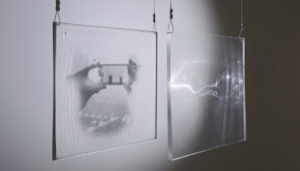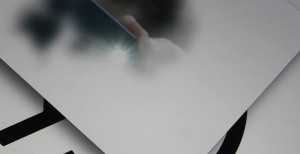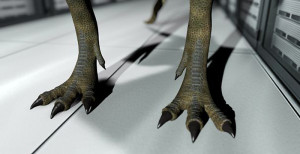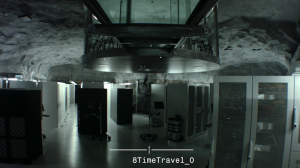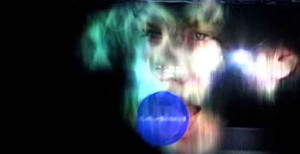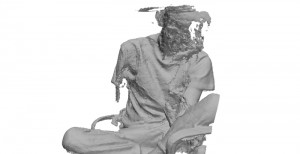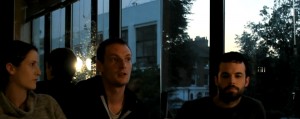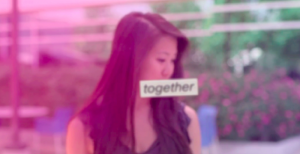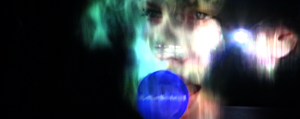The Soft Sell group exhibition is on at Berlin’s ROOM E-10 27 at Center, opening November 2 and running to December 2.
Featuring Aline Bouvy, Clémence de la Tour du Pin, Julius Heinemann, Harry Sanderson, Maximilian Schmoetzer, and Omsk Social Club, the show explores the role of architecture in terms of asserting and determining a subject position.
It’s title is a reference to the idea of soft power, as well as the 80s British New Wave band Soft Cell, while suggesting “a padded cell and by extension the panoptic gaze of the state or the institution.” Also referencing Benjamin H. Bratton‘s reverse panopticon effect as ‘exhibitionism in bad faith,’ where one understands they’re being watched but acts as if they’re not, the show looks at architecture, as it is employed within commercial and museum settings. It thus places emphasis on ‘surface, image and display,’ while rendering us “passive consumers and impotent political agents.”
See the FB event page for details.**


